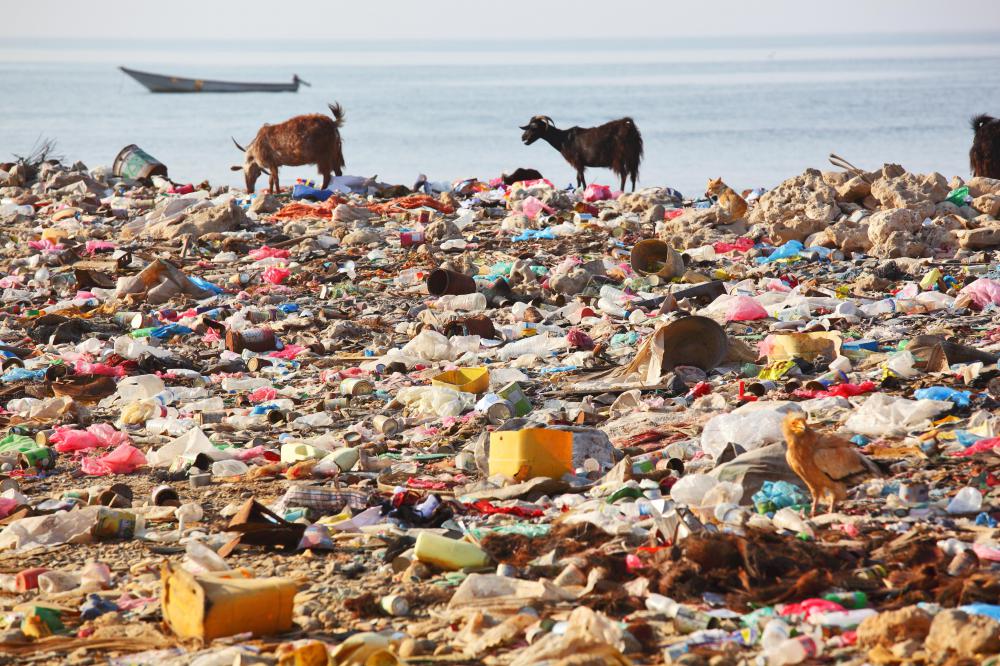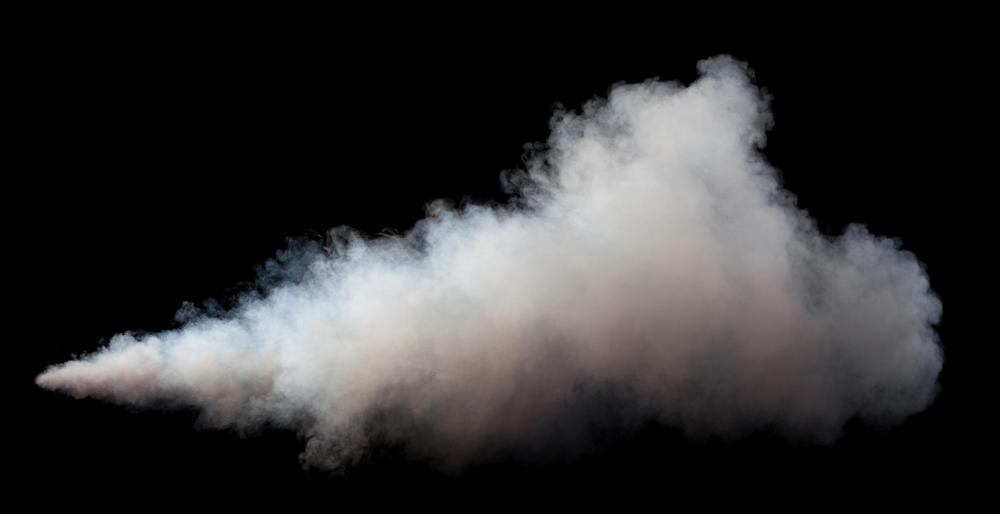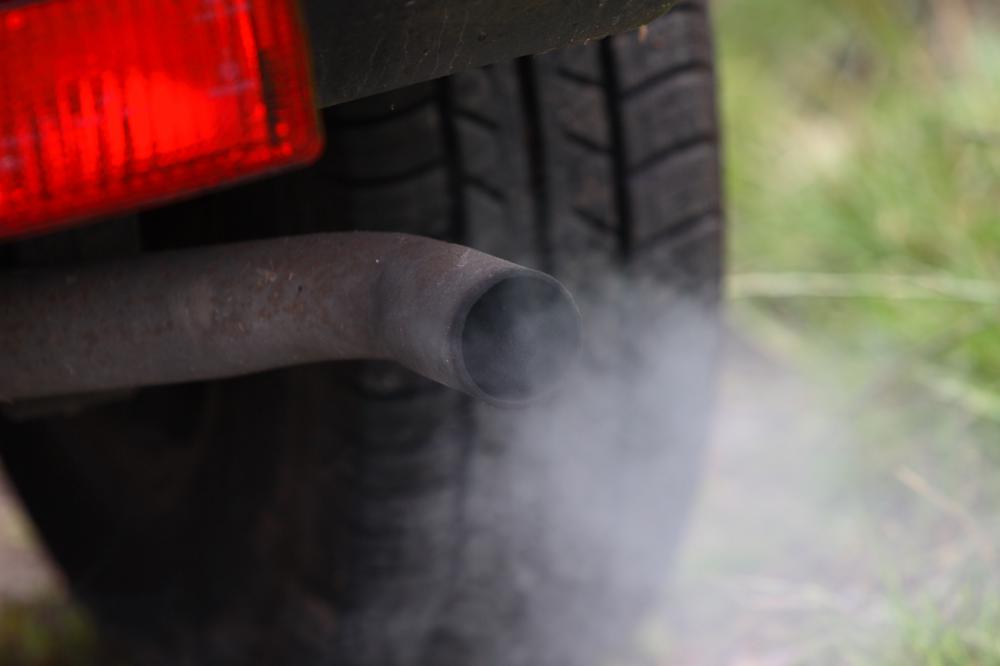At AllThingsNature, we're committed to delivering accurate, trustworthy information. Our expert-authored content is rigorously fact-checked and sourced from credible authorities. Discover how we uphold the highest standards in providing you with reliable knowledge.
What are Pollution Credits?
Pollution credits, also known as emissions trading, are a technique for dealing with pollution on an open market. In a system that uses a credits system, a government sets a cap on the total amount of emissions of a particular pollutant: for example, carbon dioxide. Credits are distributed to companies that emit carbon dioxide as part of their daily operations. If a company maximizes efficiency and does not use all of its credits, it can sell the credits to a company which is exceeding its number of credits. In this way, a total cap on emissions can be maintained, with heavily polluting companies essentially being fined while energy efficient ones are rewarded.
Many proponents of the free market economy point to pollution credits as an excellent way to deal with pollution, and in pilot programs all over the world, it has been shown to be very effective. It is also a more efficient system than one of government regulation; rather than trying to police every potentially polluting company, the government can focus on setting a cap and meeting that goal, hopefully reducing it over time as well. Periodic inspections of companies with pollution credits can ensure compliance, and many environmental organizations have volunteered to assist with this.

In addition to being used by manufacturers and large companies, pollution credits can also be used by consumers to offset their energy usage. Many consumers who are worried about climate change have chosen to buy credits in the form of carbon offsets. When consumers buy carbon offsets, they pay a company to use cleaner energy, plant trees, or invest in clean energy, offsetting their own generation of pollutants in cars and on aircraft. Essentially, a consumer can reduce his or her carbon emissions to “zero” by purchasing carbon offsets. Companies concerned about their environmental impact can also buy carbon offsets to reduce their net load of emissions.

Under the Kyoto Protocol, some nations are already engaging in trade of pollution credits all over the world. Unfortunately, since the United States is not a signatory, the trade of these credits is not nearly as effective as it could be, since the United States generates approximately 25% of pollution worldwide. Efforts within the United States to set and meet caps using pollution credits are currently only taking place on a small, local level, although there are signs that the idea is growing in popularity. In Europe, the trade of pollutions credits appears to be working in the short term, but critics are curious about long term trading, especially as the cap is lowered every year.

It is hoped that the use of pollution credits will help countries attain pollution goals. Once a nation manages to reach a regulated level of emissions, this level can be slowly reduced, encouraging companies to invest in cleaner energy and to decrease the amount of pollutants they create. While the process may be slow, it is hoped that the economic incentive provided by these credits will encourage companies to think ahead of the curve and reduce their energy usage now, as they will only become more profitable with time, when caps are lowered even further.
Frequently Asked Questions
What exactly are pollution credits?

Pollution credits, also known as emissions credits or allowances, are permits that allow a company to emit a certain amount of pollutants into the environment. These credits are part of regulatory systems like cap-and-trade programs, where governments set a cap on emissions and companies can trade credits to maintain compliance with environmental regulations.
How do pollution credits work to reduce overall emissions?

Pollution credits work by setting a cap on total emissions and allowing the market to find the most cost-effective ways to reduce pollution. Companies that can reduce emissions at lower costs can sell their excess credits to those facing higher reduction costs. This market-based approach incentivizes innovation and efficiency, leading to overall reductions in emissions.
Can pollution credits be considered an effective tool for combating climate change?
According to the Environmental Defense Fund, pollution credits can be effective in combating climate change by setting enforceable limits on greenhouse gas emissions. When implemented correctly, they provide economic incentives for companies to innovate and reduce their carbon footprint, thus contributing to the global effort to mitigate climate change.
What are the criticisms of pollution credit systems?
Critics argue that pollution credit systems can create hotspots where pollution is concentrated, affecting local communities. There's also concern about the integrity of the credits and whether they represent real emission reductions. Furthermore, some believe these systems allow companies to buy their way out of meaningful environmental action instead of directly reducing their emissions.
How are pollution credits allocated to companies?
Pollution credits are typically allocated through government regulations. Initially, credits may be given out for free based on past emissions or through an auction. Over time, the total number of credits is reduced, encouraging companies to become more efficient or invest in cleaner technologies to stay within their emission limits.
What role do pollution credits play in corporate environmental responsibility?
Pollution credits are a tool for companies to meet regulatory requirements and can be part of a broader corporate environmental responsibility strategy. They provide flexibility in how companies achieve emission reductions and can encourage investment in sustainable practices. However, they should be complemented with other direct actions to reduce a company's environmental impact.
AS FEATURED ON:
AS FEATURED ON:















Discussion Comments
If a company uses up all of its own credits, it purchases some from another company that doesn't use all of them.
Also, a company that uses a lot of credits will pay somebody to plant trees to offset some of their emissions. That is why they are called carbon offsets. Do something good for the environment to offset the bad.
What percent of the causes of global warming is attributable to man?
Are there any loop holes, that companies can use to their advantage if they use up all their credits?
I wonder how individual investors can participate in pollution or emissions trading programs.
Are there funds in which one may buy shares?
Post your comments